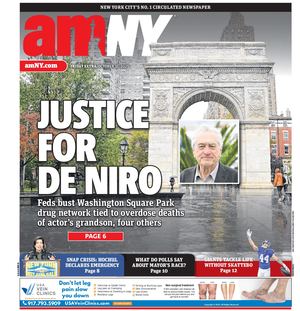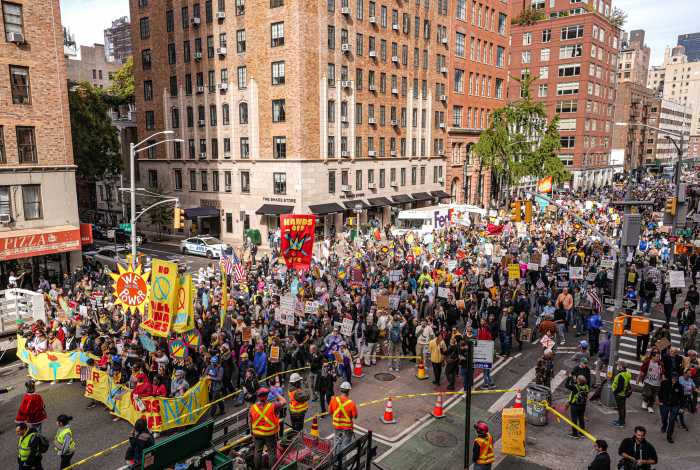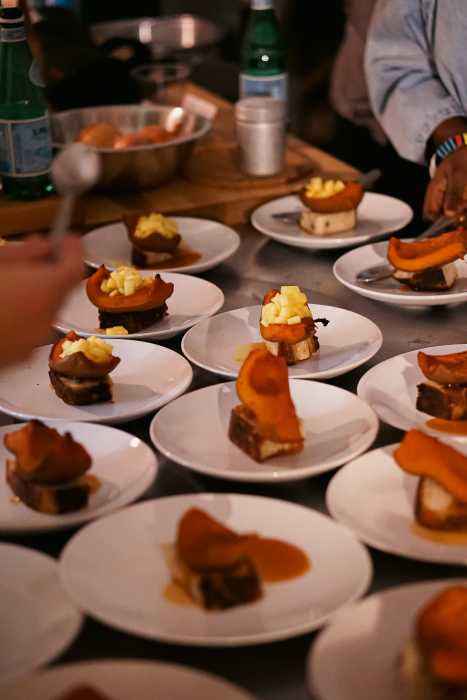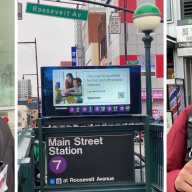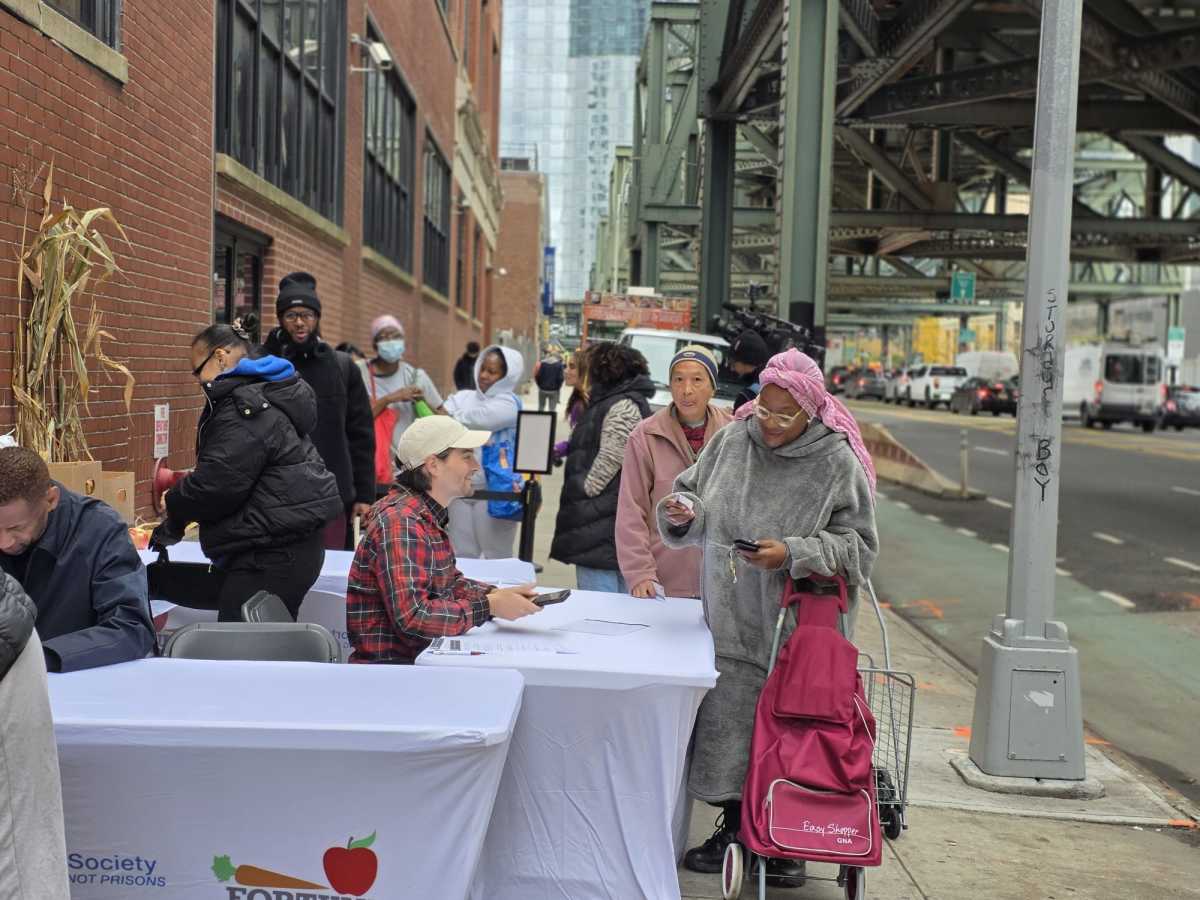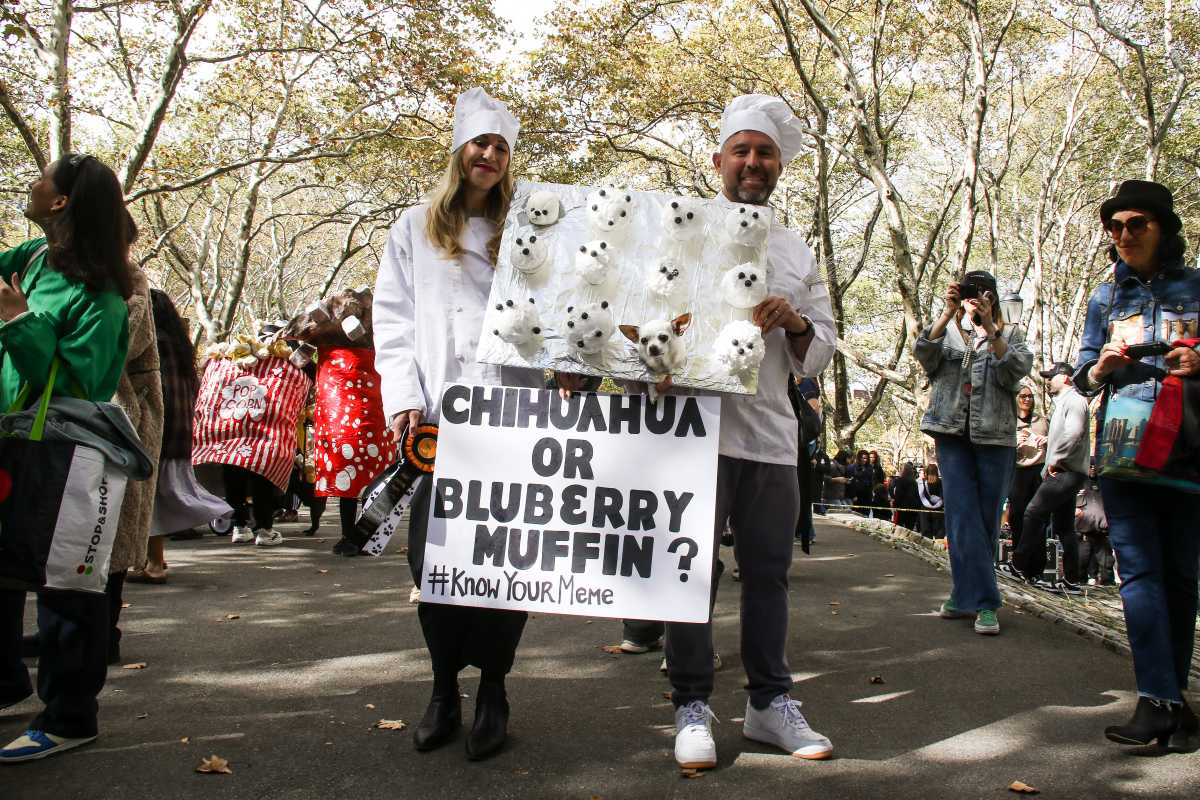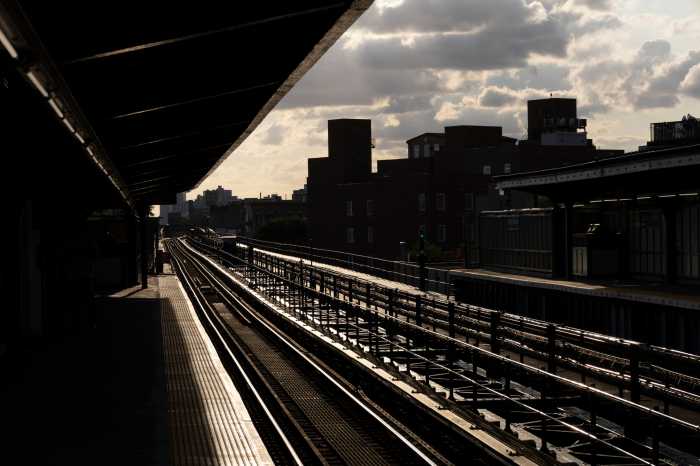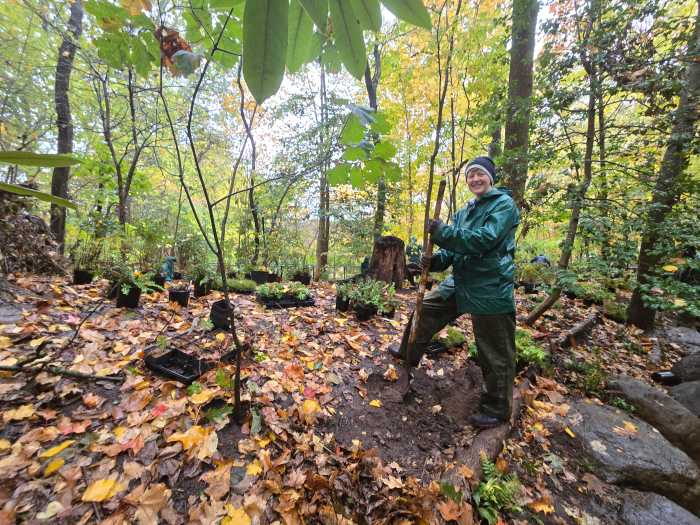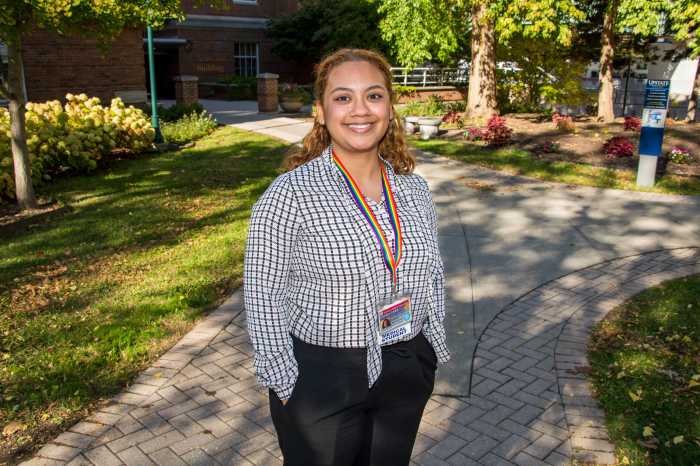Everyone puts it slightly differently on Willoughby Avenue but it’s the same gist: How can you pinpoint the people coming into Bed-Stuy who are staying in Airbnb?
“You can just tell.”
They’re looking at their phones, a little lost. They’re getting into or out of cabs or Ubers. They’re fiddling with lockboxes on old brownstones that were previously proudly rented.
And of course, the bags: The rollybags, backpacks, duffles and suitcases are the clearest evidence that something new is coming into this neighborhood and taking up space.
That’s the lesson from a report released Tuesday by the School of Urban Planning at McGill University suggesting that Airbnb is taking between 7,000 and 13,500 units of housing off NYC’s long-term rental market and raising median rents some $30 a month, deepening an affordability crisis even as rents in some neighborhoods have gone down.
Airbnb has been controversial in New York for years. A strong neighborhood- and hotel-lobby has resisted the tech newcomer on multiple fronts, including this one — the McGill report, covering three years of data, was funded by the Hotel Trades Council. Airbnb has parried with strict local laws, which prohibit renting out your place for less than 30 days if you’re not there and the building has three or more units. The company supports legislation clarifying the legality of homesharing and adding enforcement against turning homes into hotels.
Airbnb’s founding origin story emphasizes hosts who rent out a spare room or couch, but this report indicates that the majority of listings are for full units, including likely-illegal ones by owners with multiple listings — basically ghost hotels where potential housing used to be.
In Bed-Stuy, the report finds the short-term rental service is busy and consequential. What the report calls “frequently rented” (available 120 days or more per year), entire-home listings have nearly doubled from 310 to 610 between 2015 and 2017.
It’s happening so quick that some people are just catching on. Miguel Santos, 31, said he only learned about the site this summer when a friend came back to visit the neighborhood and was staying in a room on Hart Street. Santos couldn’t believe his eyes upon entering. A pool table? “I thought rich people owned it,” he said. “It was really nice. Very clean.”
The last time the friend had been in town, he stayed at a hotel a few blocks over. Times change.
The million-dollar question about Airbnb in New York is whether its myriad benefits have to be weighed against its contribution to housing instability and gentrification. In the blocks around Willoughby, residents sometimes had good things to say about using the service, particularly as renters. Robert Cornegy, who represents part of Bed-Stuy in the City Council, has been a counterweight to others in the heavily liberal body by championing Airbnb as an opportunity for locals to make a little extra money.
But if much of the money is being made by operators who rent out full units and potentially keep tourists and students coming in and out as opposed to developing a home for longterm residents, does that tip the balance to negative for a housing-affordability-starved city?
Airbnb disputes the methodology of the report, which is based on data scraped from Airbnb’s website as opposed to official listing information released by the company. But researchers say the company doesn’t release data in sufficient detail to be useful.
Regardless, even the numbers Airbnb presents show a significant number of full units being well-occupied. In 2017, for example, the company says 4,200 entire home listings were booked for more than 180 days. That could include previously-used sites like boutique hotels but not exactly a family letting people stay at their place when they’re away for the weekend.
The Airbnb numbers are just one part of burgeoning gentrification fears in Bed-Stuy that often take a racial tinge. The report finds that in Stuyvesant Heights, for example, white people make up 74.9 percent of Airbnb hosts, but only 7.4 percent of the neighborhood population. So they nab extra cash and don’t feel as much of the heat when the neighborhood changes and rents increase: in two Bed-Stuy zipcodes, from $2,320 and $2,316 in 2014 to $2,485 and $2,466 in 2017, according to a report from Zillow. (Airbnb also disputes the racial estimates but does not collect such information on its own).
There are physical changes going on in the neighborhood, Airbnb aside: just down the block from Willoughby, St. John the Baptist recently leased its old rectory and parish center to developers, says church office manager Stephanie Martinez, 41.
And there are personal changes, too. On a recent cold afternoon Anthony Evans pointed at a couple of suspected Airbnb sites on surrounding blocks — like the visitors, you never really know for sure. He said various members of his extended family used to have three houses in the area. Eventually they left or were priced out, gone to other parts of Brooklyn, or down south.
A few years ago, Evans, 49, left, too. Jersey City was cheaper and the PATH train meant he could commute to his job stocking shelves here, leaving him with the perception that his old home was no longer the easiest place for him. “It’s hard for a black person to get an apartment in this area,” he said.
